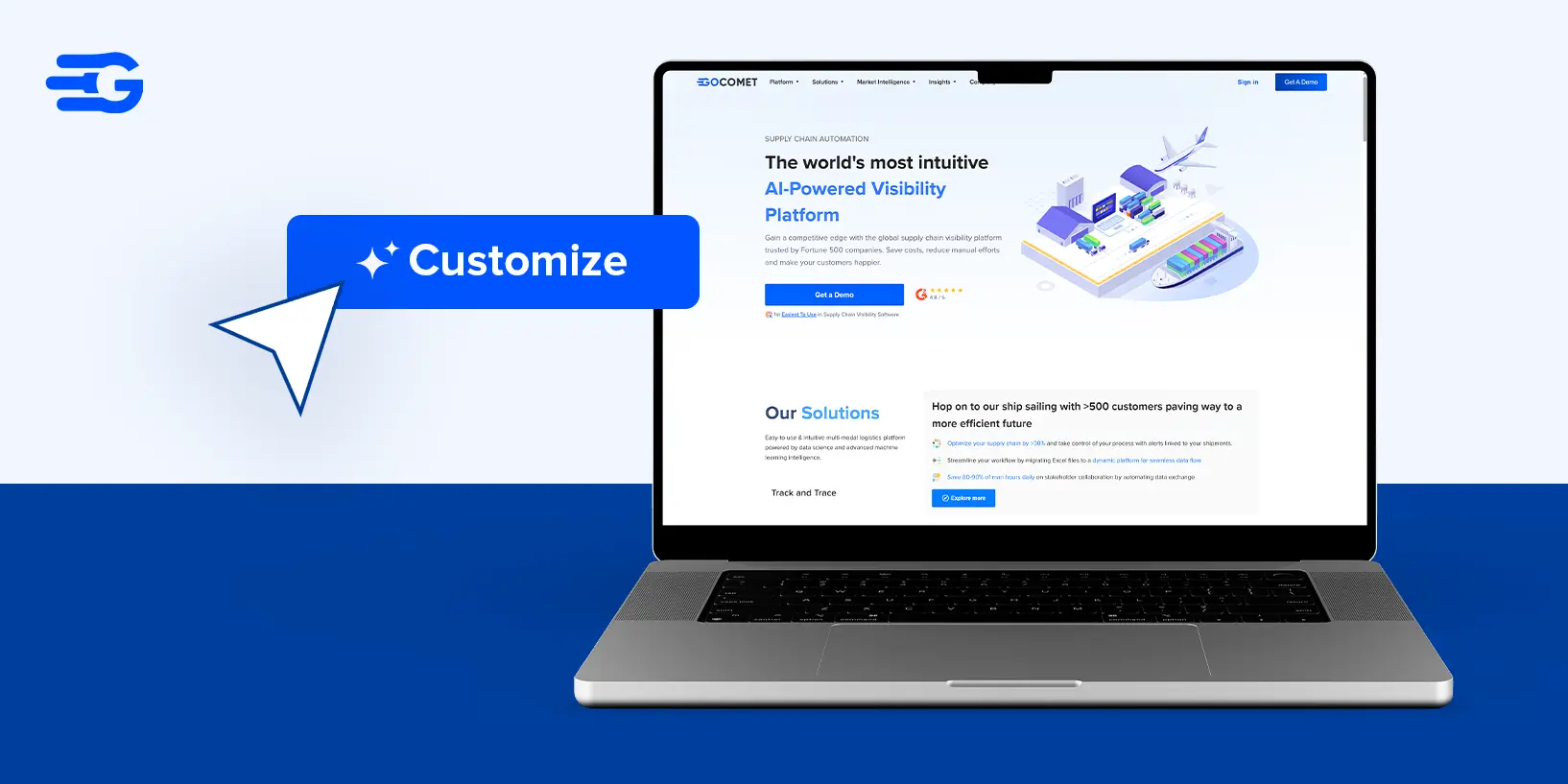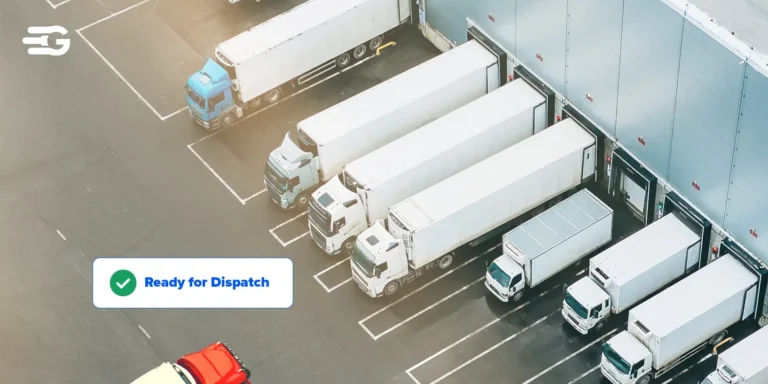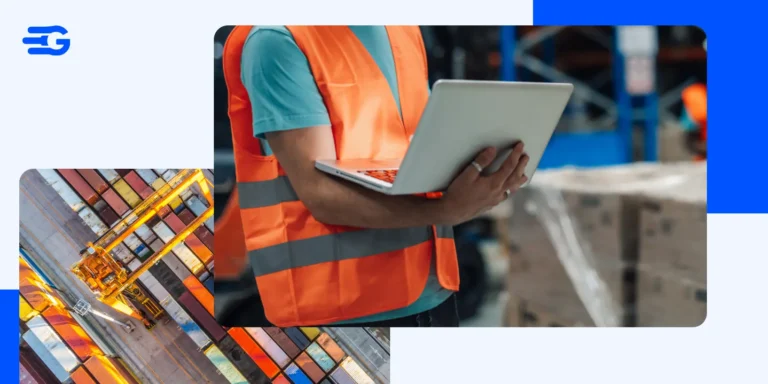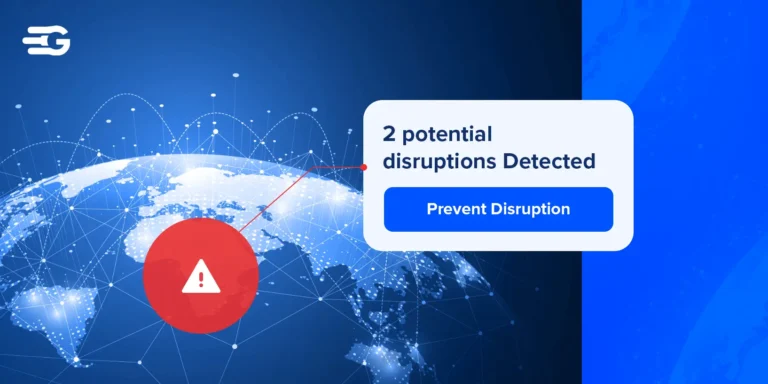Custom TMS Software: The Future of Efficient Logistics
The global supply chain is under unprecedented pressure. Rising fuel and labor costs, along with e-commerce demand surges, have made cost control a top priority — a recent industry survey found 83.9% of supply chain leaders ranked “managing or reducing costs” as a primary objective (alcottglobal.com).
At the same time, firms are investing heavily in TMS software. The global Transportation Management System market is projected to grow from about $13.4 billion in 2023 to $77.0 billion by 2033 (CAGR ~19%) (globaltrademag.com). In other words, the age of connected, tech-driven logistics is here, and companies need the right tools to keep up.
Modern shippers face more complexity than ever. Volatile carrier capacity, driver shortages, and shifting customer expectations demand smarter planning and execution. Fortunately, new-generation TMS platforms are rising to the challenge. Unlike rigid legacy systems, today’s solutions can be customized to match a company’s unique processes and data needs. For example, reports note that firms with adaptable, scalable IT frameworks see major efficiency gains (moldstud.com).
In practice, a customizable TMS lets a business automate its own routing rules, approval workflows, and exception logic — ensuring the software evolves as the company grows. This flexibility is essential for maintaining agility and responsiveness in modern logistics.
Tailored Workflows Power Efficiency
One-size-fits-all TMS solutions often fall short when applied to diverse supply chains. By contrast, a customizable TMS streamlines operations by aligning exactly with how your team works. Logistics managers can configure approval flows for freight invoices, set up automated alerts for late shipments, or define special handling steps for temperature-controlled cargo.
These tailor-made workflows eliminate manual handoffs and reduce errors. For instance, GoComet’s platform allows users to automate multiple processes in a single system, freeing employees from tedious tasks so they can focus on value-added work.
The result is faster execution with fewer mistakes — driving up on-time performance and lowering operating costs.
Real-Time Visibility: The New Supply Chain Imperative
Transparent, real-time tracking of shipments is now a must-have. Without it, managers are essentially blind to in-transit issues until they become crises. Recent surveys highlight how visibility gaps still plague many firms. Only 24% of logistics professionals report end-to-end visibility over 75–100% of their shipments, while 45% have visibility on less than half of shipments (tive.com). Likewise, 37% of companies say they still cannot track cargo during transit, leaving shipments vulnerable to costly delays, damage or theft (mhlnews.com).
These blind spots directly hit the bottom line: one study noted that 47% of companies experience at least $5,000 in cargo losses per month due to issues like mishandled freight.
An AI-driven TMS like GoComet addresses this by consolidating data streams into a single view. All your carriers’ tracking data, critical milestones (pick-up, customs clearance, etc.), and even exceptions (detentions, route changes) flow into one dashboard in real time. Automated alerts and predictive ETAs let teams act before delays happen. In short, high visibility powered by smart TMS software means fewer surprises, happier customers, and lower logistics risk.
Driving Cost Control with Intelligent TMS
Transportation often represents the biggest slice of supply chain spend, so even small efficiencies can add up. Advanced TMS platforms use AI and optimization algorithms to cut freight costs. Industry reports show TMS adopters typically save around 5–15% on annual freight spend. For example, ARC Advisory Group found that companies using a TMS can save about 8.5% on freight costs( dynamiclogistix.com). These savings come from smarter load consolidation, choosing lower-cost modes or lanes, and dynamic routing that avoids wasted miles.
These numbers reflect why cost-cutting remains an urgent priority. Not only do we know how many managers say cost is their #1 focus, but we also see hard results. One analysis points out that route optimization and other TMS features directly reduce fuel use and labor hours. By automating tendering, negotiation, and billing, a TMS like GoComet can also cut administrative overhead. In practice, customers have reported “getting the best rates” through GoComet’s RFQ module and automated negotiation. This kind of continuous rate-shopping and auditing prevents money from slipping through the cracks.
Integrating Legacy Systems: A Critical Bridge
Even as cloud adoption grows, many organizations still depend on older systems – ERPs, homegrown databases, or on-premise TMS tools – that hold vital data. Integrating a new TMS with these legacy systems is often a top concern. It’s no coincidence that analysts report roughly 65% of enterprise applications are now considered legacy, and businesses spend around 60–80% of IT budgets just maintaining them. That leaves little room (or money) for wholesale replacements.
The right TMS must therefore “play well” with what’s already in place. GoComet tackles this with open APIs and pre-built connectors. Its platform can ingest data from ERPs, customs software, or telematics feeds, unifying the information in one cloud hub. In real-world use, customers say GoComet’s single-window tracking and ERP integration “made a difference for our logistics team” by bringing carrier performance and tracking history into one app.
In effect, GoComet eliminates data silos: shipments don’t fall off the radar just because one system can’t talk to another. Modern integration means your TMS augments legacy tools instead of replacing them overnight.
GoComet: The AI-Powered, Customizable TMS Leader
In this environment, GoComet stands out as a future-ready solution. It’s an AI-driven platform built for real-world supply chains. Machine learning powers features like automated freight invoice audit, smart rate recommendations, and predictive ETAs. But beyond AI, GoComet is built to be molded to your business. Users can configure dashboards, approval flows, and exception rules without writing code. This intuitive design drives rapid user adoption – logistics teams can be up and running in weeks, not months.
Moreover, GoComet integrates visibility, execution and analytics in one place. You can track every container live, collaborate with vendors on the same platform, and pull performance reports from the same data set. Importantly, third-party reviewers consistently note GoComet’s innovation: for instance, Gartner peer reviews highlight its real-time visibility and “indispensable” decision-making support (citing seamless integration and granular tracking). Unlike static legacy systems, GoComet keeps evolving – it already offers carbon emissions tracking and AI-powered disruption forecasting to meet emerging needs. In short, GoComet delivers an agile, intuitive TMS that reflects the way you work and the way your industry is changing.
Why GoComet Stands Out
- Custom Workflows: Build and automate your own approval chains, exception cases, and task flows. The platform adapts to your processes, not vice versa.
- Real-Time Visibility: See all your shipments – ocean, air, truck – on one live dashboard. Proactive alerts (e.g. delayed pickup, weather disruptions) keep you ahead of problems.
- Seamless Integrations: Plug into ERP, WMS, telematics or 3PL systems via APIs. Pre-built connectors mean minimal IT effort. Data flows freely without manual uploads or error-prone spreadsheets.
- AI and Automation: Let smart agents optimize rates, flag anomalies, and auto-route tasks. AI also predicts transit times under different scenarios, so you can compare what-if plans instantly.
- User-Friendly Design: A cloud-native UI and mobile access mean your team can onboard quickly. Intuitive controls and collaboration features reduce training time and boost user satisfaction.
Each of these capabilities helps future-proof your operations. In practice, GoComet customers note its AI-driven recommendations and ease of use give them a competitive edge. Unlike older TMS that plateau, GoComet continues adding new innovations (like multi-modal tracking and carbon analytics) to meet tomorrow’s challenges.
Conclusion and Next Steps
In today’s turbulent environment, a flexible, integrated TMS is not a “nice-to-have” – it’s essential for survival. A customizable TMS drives efficiency by matching your workflows, cuts costs through automation, and eliminates blind spots with real-time data. Studies have shown that just by optimizing routes and modes, companies can slash freight spend by around 8–15 percent. Coupled with better visibility, that ROI can be even higher as inventory and labor costs fall.
GoComet delivers all of this in one platform. If you’re a supply chain leader ready to make your logistics more agile and data-driven, we encourage you to explore GoComet further. Request a demo today and see how an AI-powered, custom-configured TMS can transform your transportation management for the future.





